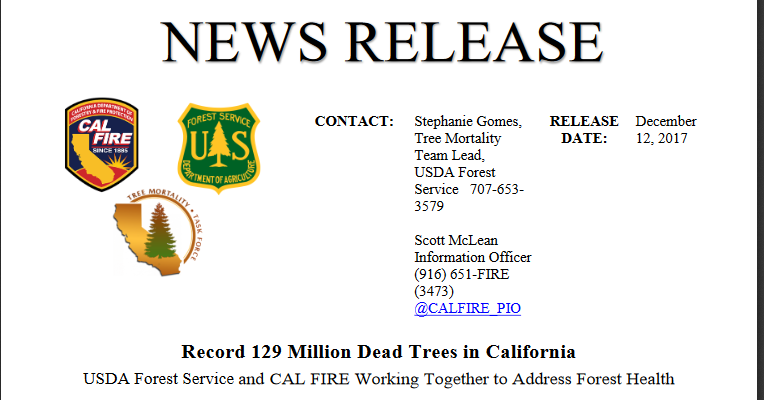Chicken Little is again running around yelling, “The sky is falling!” This time the attempt to induce panic in the general population is related to the fires burning in Brazil in the Amazon rain forest. The panicked extreme environmentalists cry, “The lungs of the earth.” The more rational environmentalists have a different perspective.
Yesterday John Hinderaker at Power Line Blog posted an article that reports some facts and historical perspective on the fires.
The article reports:
It isn’t entirely a fraud–there are indeed fires in the vicinity of the Amazon rain forest. But the hysteria that has been induced by those fires, which occur every year at this time, is ridiculous. Wildly exaggerated claims have been repeated uncritically in the press, and celebrity ignoramuses and politicians have avidly circulated photos of pretty much every forest fire that has occurred anywhere in the world over the last 20 or 30 years, claiming they were taken yesterday in the Amazon region.
The controversy has reached the level of high diplomacy (or rather, low comedy) as European countries have leaned heavily on Brazil to do a better job of controlling fires, threatening among other things trade sanctions, while Brazil’s president Jair Bolsonaro declined European offers of aid, while pointing out that French president Marcon wasn’t even able to prevent a foreseeable fire at Notre Dame cathedral. Relations between Brazil and France spiraled downward to the point of a Facebook comment by Bolsonaro on the relative pulchritude of the countries’ first ladies.
Yesterday The Tennessee Star posted an article about the fires.
The Tennessee Star reports:
The origin of this Amazon fire crisis traces back to the beginning of August, when Bolsonaro sacked his Space Institute minister for publishing worrisome data about the 2019 fire season. The dry season in Brazil typically runs from August to November, as farmers use these months to burn dried-out timber previously cut during land clearing operations. Ranchers also prepare the land for cattle grazing.
An important point to remember about these fires, however, is that the rainforests themselves are not entirely or uncontrollably ablaze. Natural fire does not typically occur in these tropical forests due to suffocating humidity, wet dense foliage, and daily thunderstorms. What is burning right now is land near the forests where farmers and ranchers have cleared hundreds and hundreds of acres of trees. This is easily seen in satellite imagery, which scientists finally examined and compared to the past two decades.
The New York Times pumped the brakes on the misinformation and published a highly informative map showing the location of the fires on previously cleared land obviously related to farmers and ranchers.
The Brazilian state of Mato Grasso has been transformed into an “ocean of soybeans” the size of Iowa. On the periphery, the land is cleared at the rate of 2,500-square-miles annually.
This deforestation peaked in the 1990s but lessened significantly over the past 10 years. There is evidence, however, to suggest Bolsonaro’s government had cut back on enforcement measures against illegal fires and land-clearing activities. The initial reports about the beginning of fire season sent the international community into a panic, led by the Europeans.
The number of fires and cumulative area burned so far in 2019, on the other hand, is on par with previous years and described as “near average” by NASA.
The farmers are clearing their land for their soybean crops. According to a Reuters article from May 2019:
Soybean trading in Brazil has gained momentum in recent days, driven by a wave of Chinese demand, boosting prices and premiums paid at ports amid a weakening of the Brazilian currency, according to analysts.
An estimated 5.5 million tonnes of soybeans have traded over the past few days, and are slated to leave Brazilian ports in June, July and August, according to estimates by the Center for Advanced Studies in Applied Economics (Cepea) issued on Friday.
The boost in trading has been driven by the failure of the Washington and Beijing to resolve their longstanding trade dispute, which made China turn to Brazil for soybean supplies, the analysts said.
The fires are not extraordinary when viewed through the lens of history. The farmers are clearing their land in order to plant soybeans and graze cattle. The hysteria is unfounded and unproductive.


